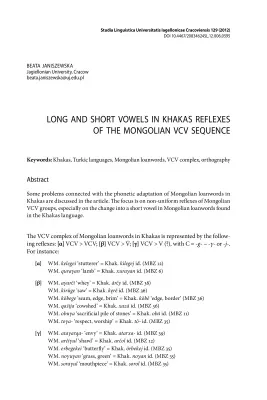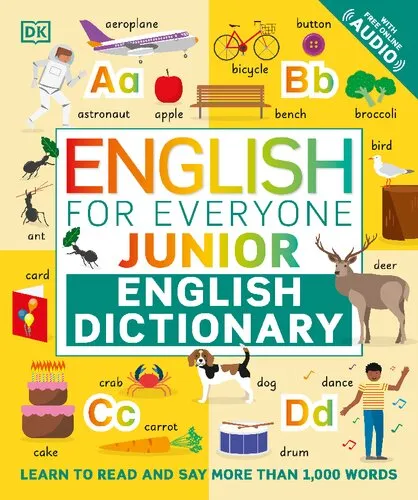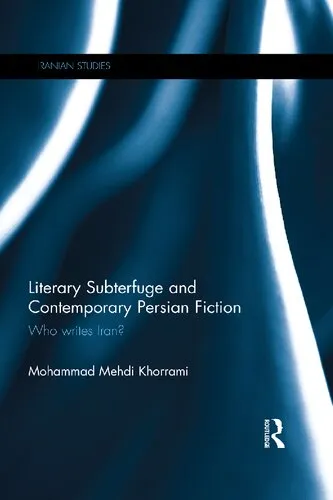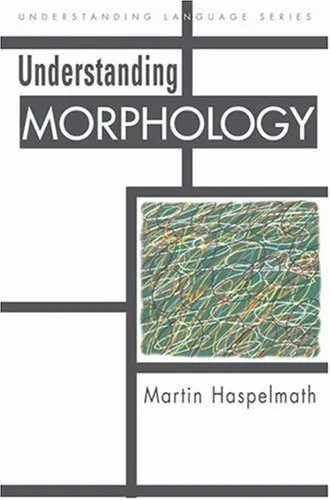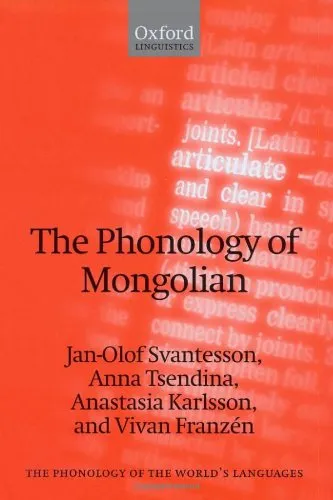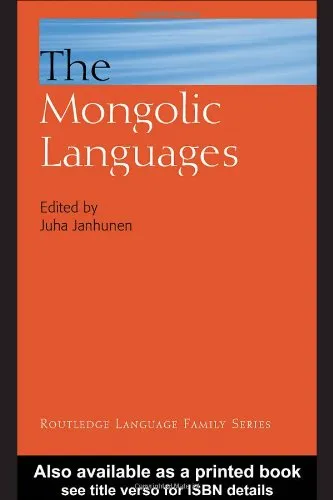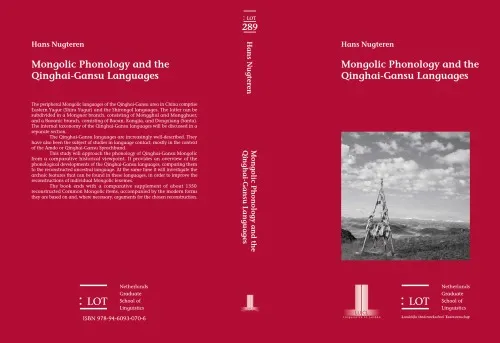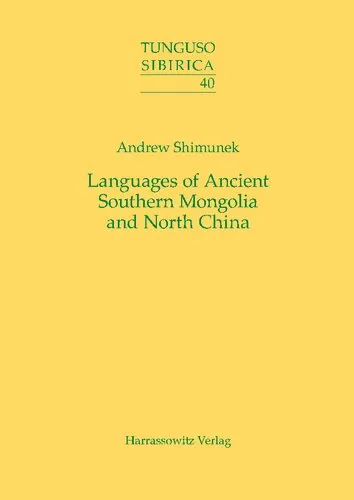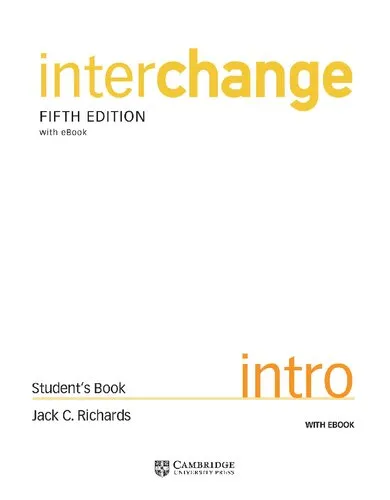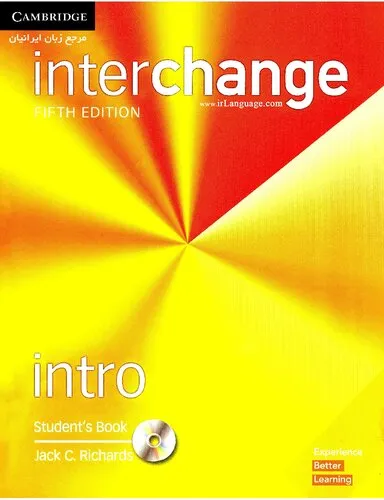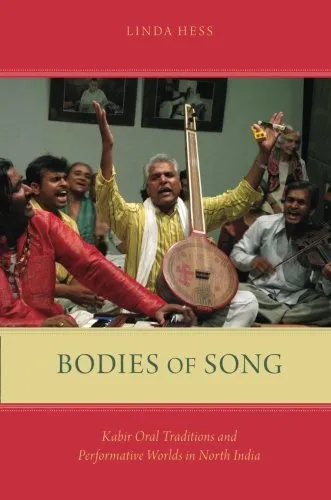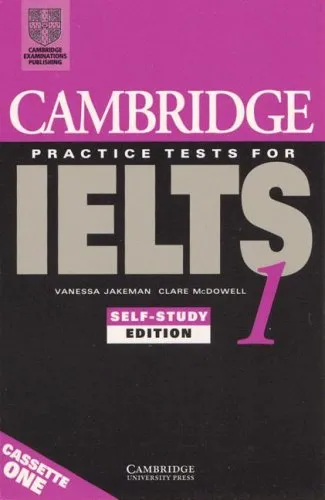Long and short vowels in Khakas reflexes of the Mongolian VCV sequence
4.0
Reviews from our users

You Can Ask your questions from this book's AI after Login
Each download or ask from book AI costs 2 points. To earn more free points, please visit the Points Guide Page and complete some valuable actions.Related Refrences:
Welcome to the in-depth exploration of phonetic patterns that form the cornerstone of Khakas linguistic features, focusing on the intricacies of long and short vowels as observed in the Khakas reflexes of the Mongolian VCV (Vowel-Consonant-Vowel) sequence. This book navigates the layers of phonology, providing insights that are crucial for anyone set to delve into Turkic languages or language evolution in Central Asia.
Detailed Summary of the Book
The book, "Long and Short Vowels in Khakas Reflexes of the Mongolian VCV Sequence," opens a window into the phonetic transformation and linguistic shifts taking place over centuries. These transformations are observed starkly in the Khakas language, an endangered Turkic language spoken primarily in the Khakassia region of Russia. This literary work addresses the complex interplay between long and short vowels, capturing the essence of phonetic structures within Mongolian and Khakas linguistic foundations.
The study embarks on analyzing historical language evolution with a particular emphasis on the effects the Mongolian language structure has had on the Khakas. It dissects the linguistic reflexes born out of the VCV sequence, proceeding with a systematic examination of acoustic variations and how these contribute to meaning. Throughout the chapters, readers will encounter meticulously researched information, charts, and illustrative examples that reflect these vowel variations in rich detail.
Key Takeaways
The book offers several critical insights aimed at linguistics scholars and enthusiasts alike:
- Understanding the pivotal role of Mongolian phonetic influence on Khakas language development.
- The intricacies of vowel lengthening and its impact on word meaning and linguistic structures.
- A comprehensive evaluation of how languages can evolve over time through external cultural influences.
- Insights into language preservation efforts and the significance of documenting endangered languages.
Famous Quotes from the Book
"Language serves not only as a communication tool but as a testament to history, a witness to cultural interchange."
"The transition from Mongolian to Khakas unveils a tapestry of phonetic shifts — each vowel tells a story."
Why This Book Matters
This book holds significance in the broader scope of linguistic studies for several important reasons. First, it addresses the pressing need to document and understand endangered languages like Khakas, which hold threads of ancient cultural heritage and etymological richness. By examining the phonetic details within these languages, linguists can uncover patterns of human migration, trade, and social interaction that have shaped modern linguistic maps.
Furthermore, the text enhances our grasp of how language adaptation works, showcasing the fine details of phonetic change influenced by both environmental factors and interlinguistic dynamics. It is a crucial contribution to the field of Central Asian linguistic studies, providing a robust framework for future research on language contact phenomena.
Scholars and enthusiasts exploring the intersections of language, history, and culture will find this book indispensable. Its methodical approach, combined with thorough analysis and rich contextual background, establishes a new benchmark for understanding language evolution through phonetic study.
Free Direct Download
You Can Download this book after Login
Accessing books through legal platforms and public libraries not only supports the rights of authors and publishers but also contributes to the sustainability of reading culture. Before downloading, please take a moment to consider these options.
Find this book on other platforms:
WorldCat helps you find books in libraries worldwide.
See ratings, reviews, and discussions on Goodreads.
Find and buy rare or used books on AbeBooks.
1454
بازدید4.0
امتیاز0
نظر98%
رضایتReviews:
4.0
Based on 0 users review
Questions & Answers
Ask questions about this book or help others by answering
No questions yet. Be the first to ask!
